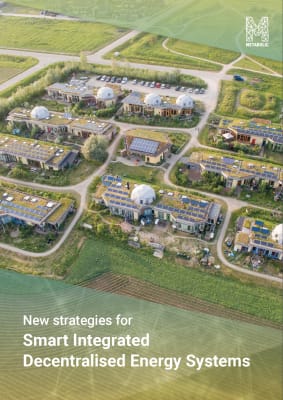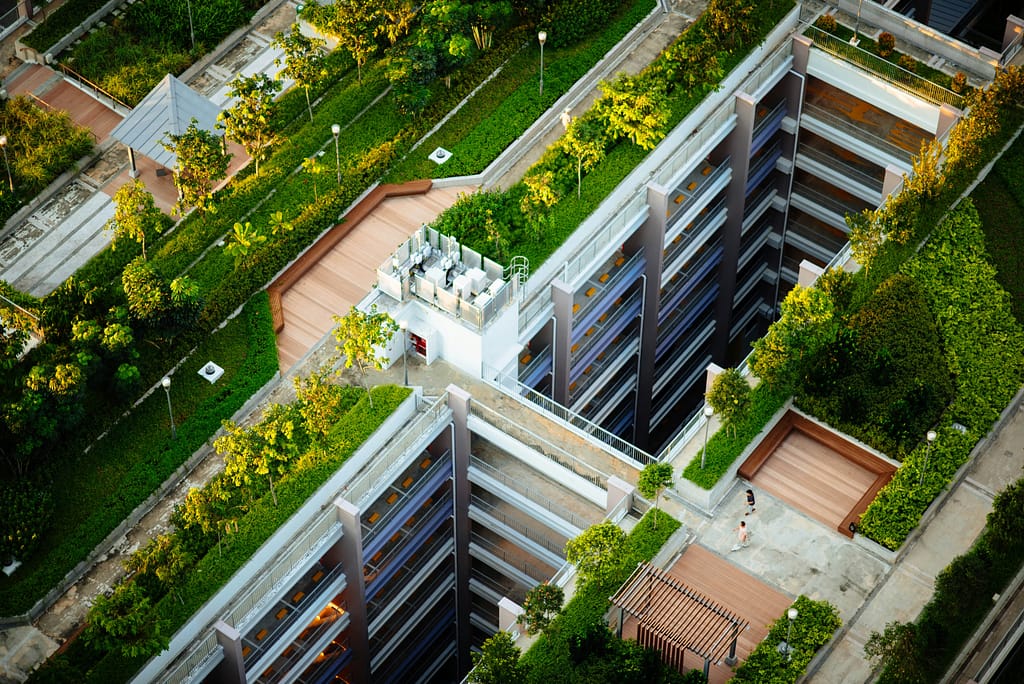Strategies for smart integrated decentralised energy systems
Unlocking the renewable energy revolution by increasing flexibility from the bottom-up.
Metabolic undertook analysis of four smart micro-grid solutions to determine how community-level renewable energy networks could become self-sufficient, and support the Netherlands in reaching its renewable energy targets.
- Partners: Spectral, De Ceuvel, Aardehuizen, Schoonschip, Republica Papaverweg.
- Date: August 2018
The Dutch government aims to increase renewable power generation by 500% by 2030. This will require radical changes to how the country’s energy system works, and this report sought to find out what the potential is for Smart Integrated Decentralised Energy (SIDE) systems, a highly sustainable and resilient subset of microgrids, to contribute to the renewable energy transition.
This was done by looking at, and improving on, the techno-economic performance of four different cases that currently represent the state-of-the- art of decentralised renewable energy systems: the Aardehuizen, De Ceuvel, Schoonschip and Republica Papaverweg. Using both real-world data from the Aardehuizen and De Ceuvel, and detailed design criteria for Schoonschip and Republica Papaverweg, a detailed overview of their performance could be attained based on the indicators of: local renewable energy production, self-consumption, capital investment and payback period.
The resulting techno-economic performances of 9 different scenarios show a number of best practices have become clear that can be used for the future development of the next generation of SIDE systems. In the most optimal case (Aardehuizen scenario 3), combining these best practices results in a techno-economically feasible system that is nearly completely (89%) self-sufficient and cheaper in the long run, paying for itself within 8.5 years instead of 11.6 years compared to a traditional gas-based energy system. The local integration of heat and power systems not only allows for high efficiencies, resilience, and flexibility: it also requires new models of ownership and ways of thinking about urban planning and governance.
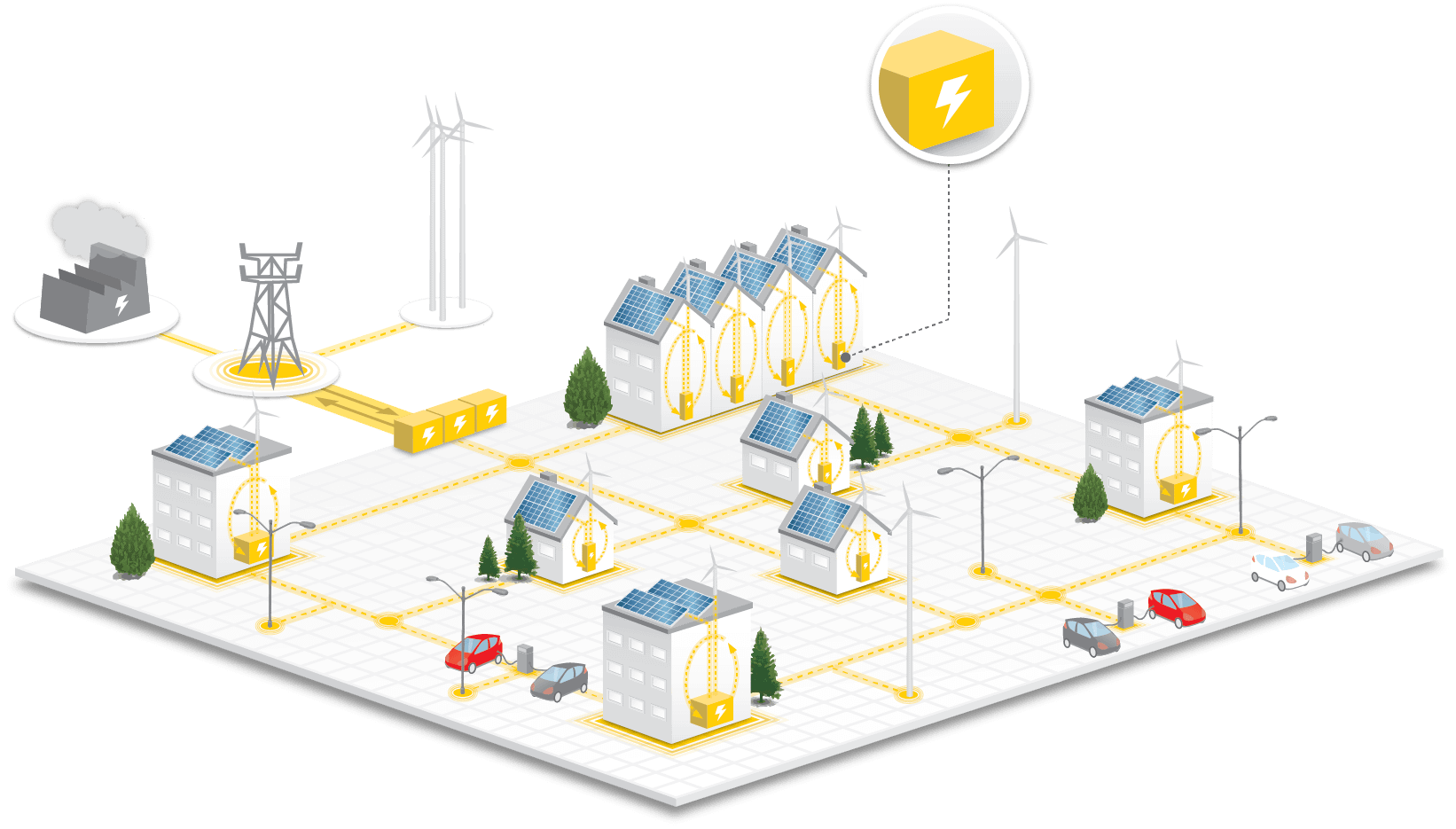
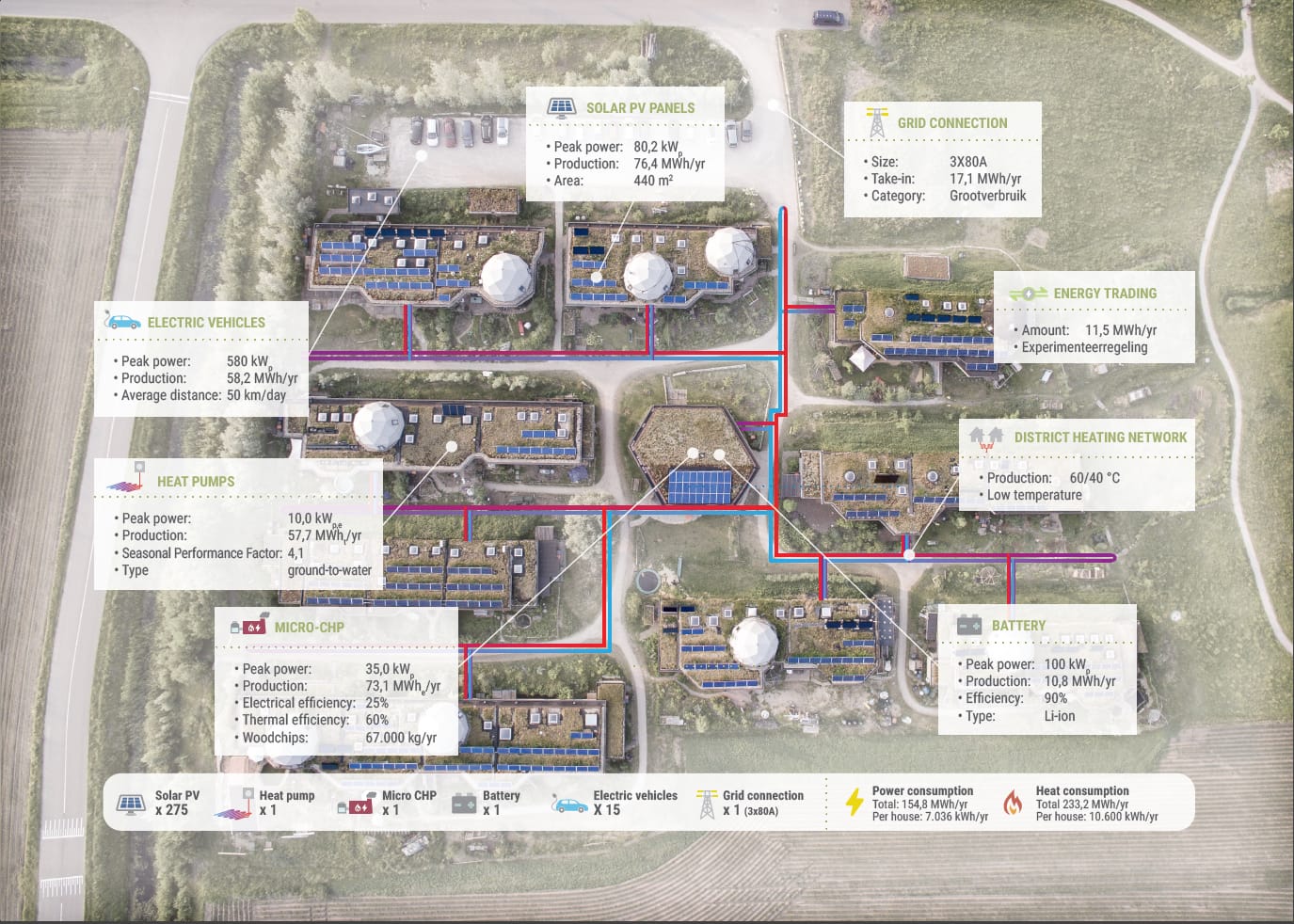
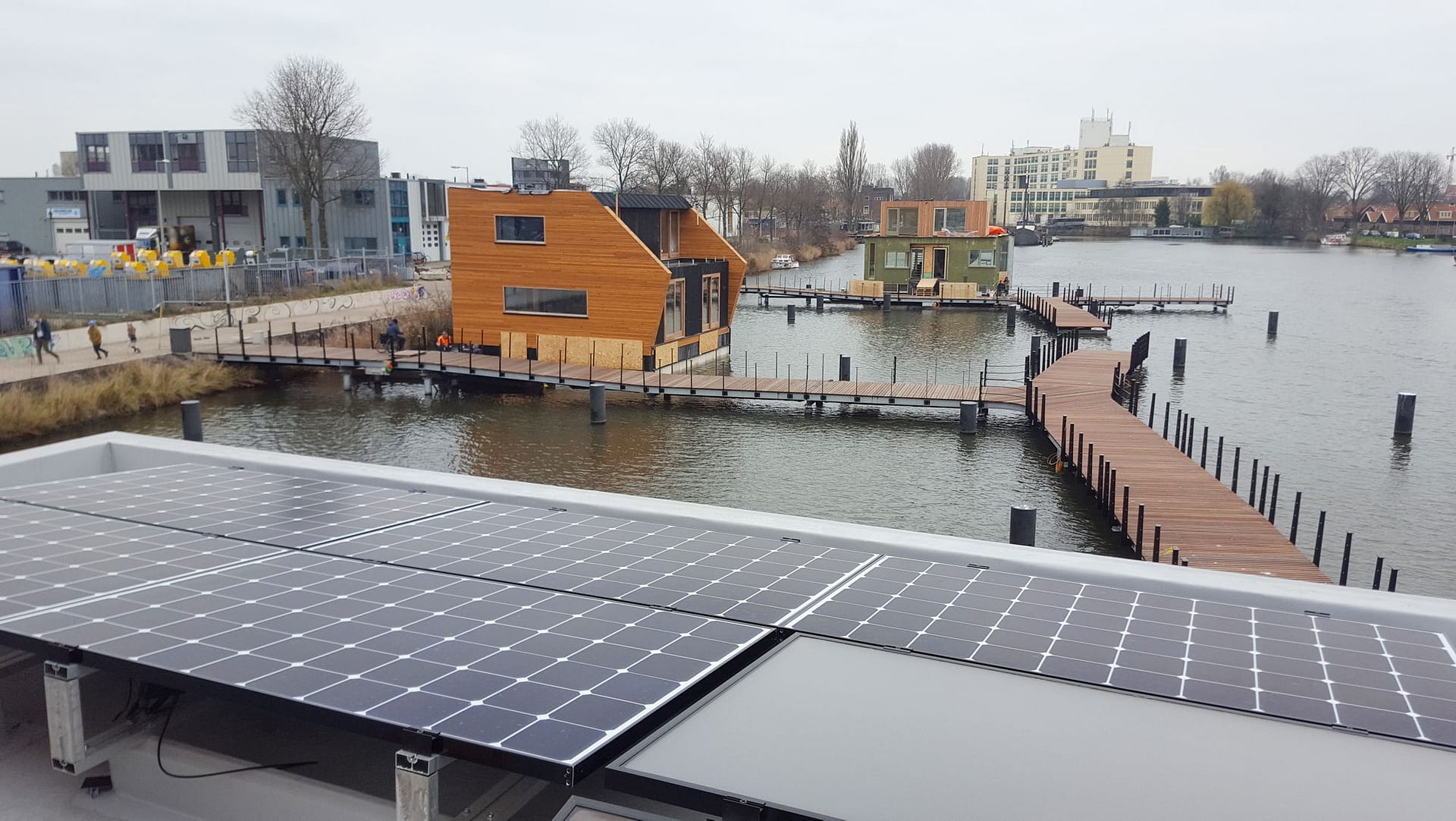





“You want to optimize these flows, there has to be a sort of brain within this system that controls all these components. So you need sensors that deliver the data and you need software that processes data and optimizes it, then you need software that controls the equipment. So everything must be attached, integrated, smart.”
Florijn De Graaf, energy systems engineer, Spectral
Director
ANY QUESTIONS?
For more information about this project, please get in touch.
